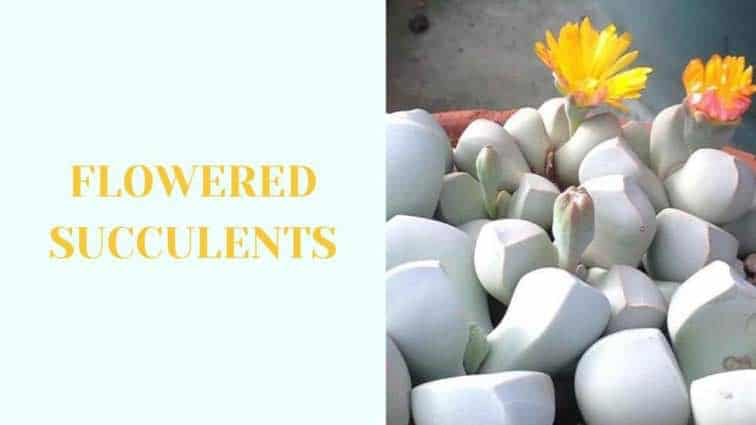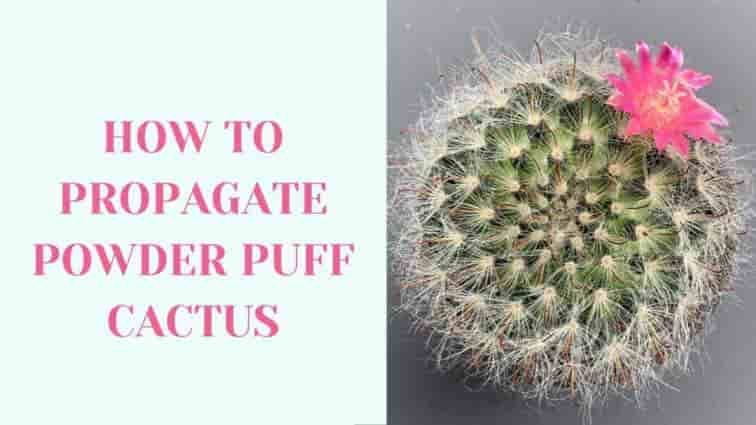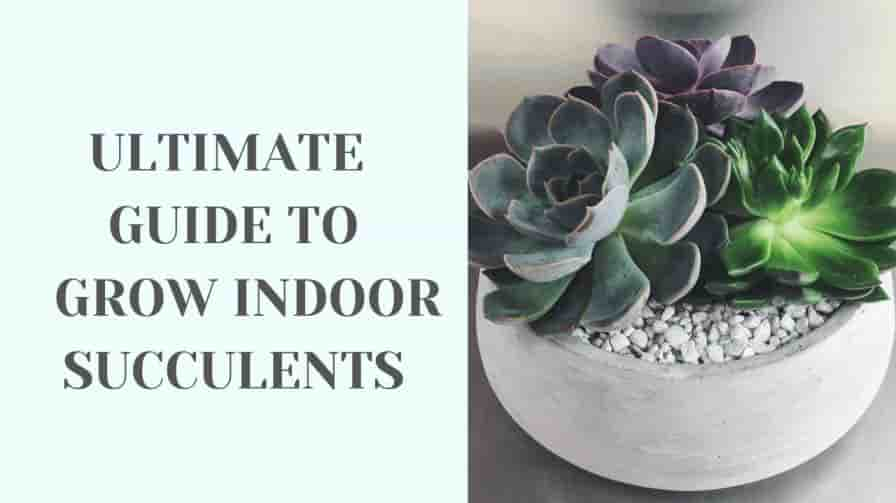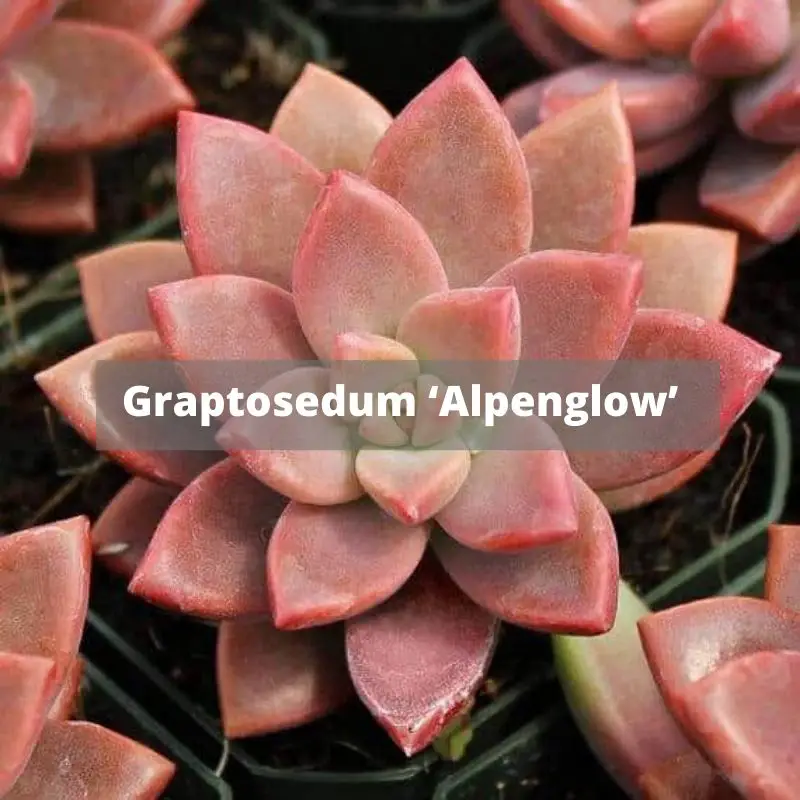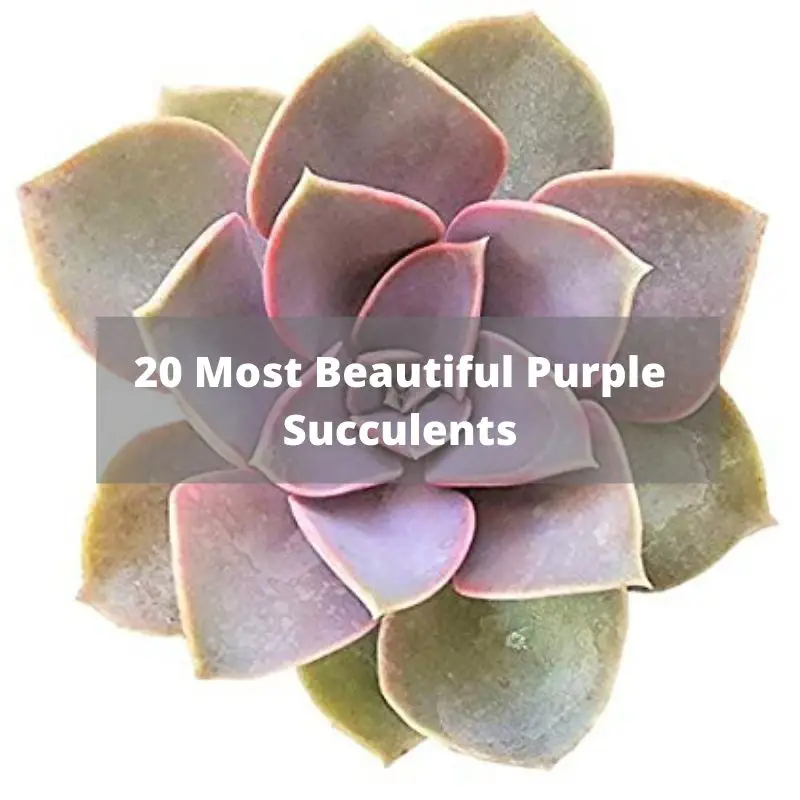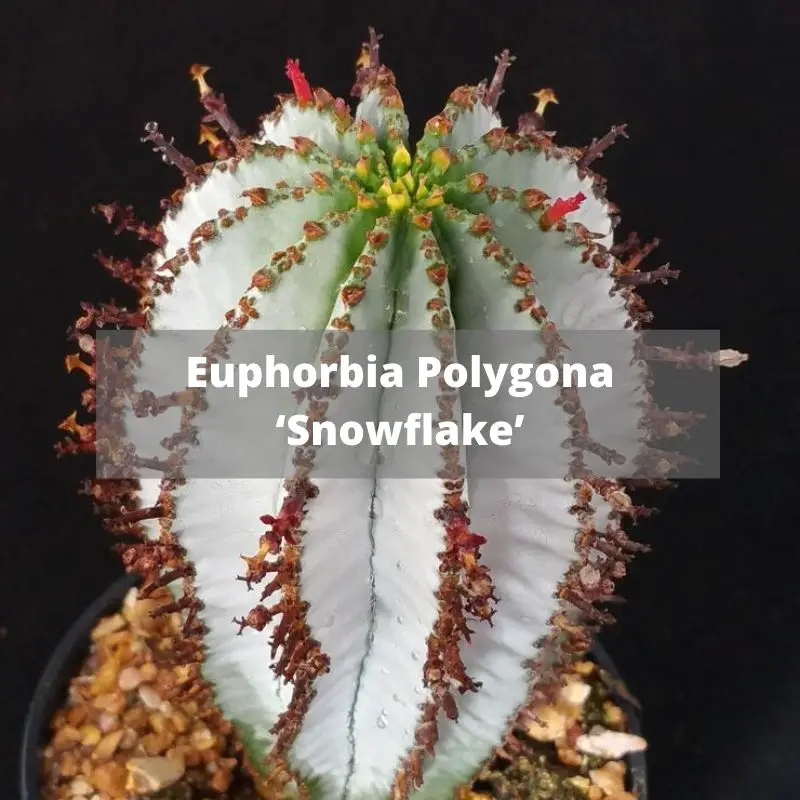Whether it’s your first time raising a succulent or you’re a classic veteran, you may be wanting to learn the ins and outs aloe plants and how to care for an Aloe plant. Thankfully, aloe plants are a great plant to start with, as they require much less attention than other houseplants.
Introduction of Succulents
If you’re just starting with raising succulents, you may be curious about how to care for an Aloe plant. When caring for succulents in general, they flourish more in bright, sunny areas and dryer conditions.
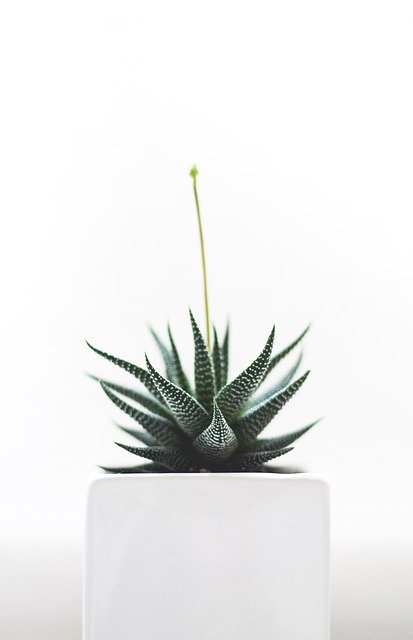
Picture via Pixabay
Soil and Potting for Your Plant
One of the first steps to make note of is to understand what type of soil aloe succulents need along with the type of pot they should be planted in. When first potting your succulent, consider the environment your plant will be the most comfortable in. Pots that offer drainage work well for aloe.
As for the soil, cactus soil mix or succulent soil mix work well for these plants. An important step on how to care for an Aloe plant is to get them proper, sandy soil. Be sure not to use soil meant for other plants!
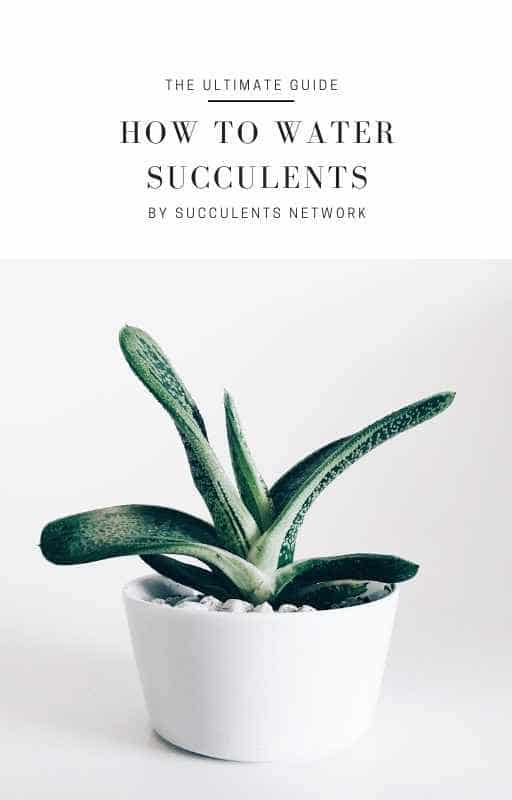
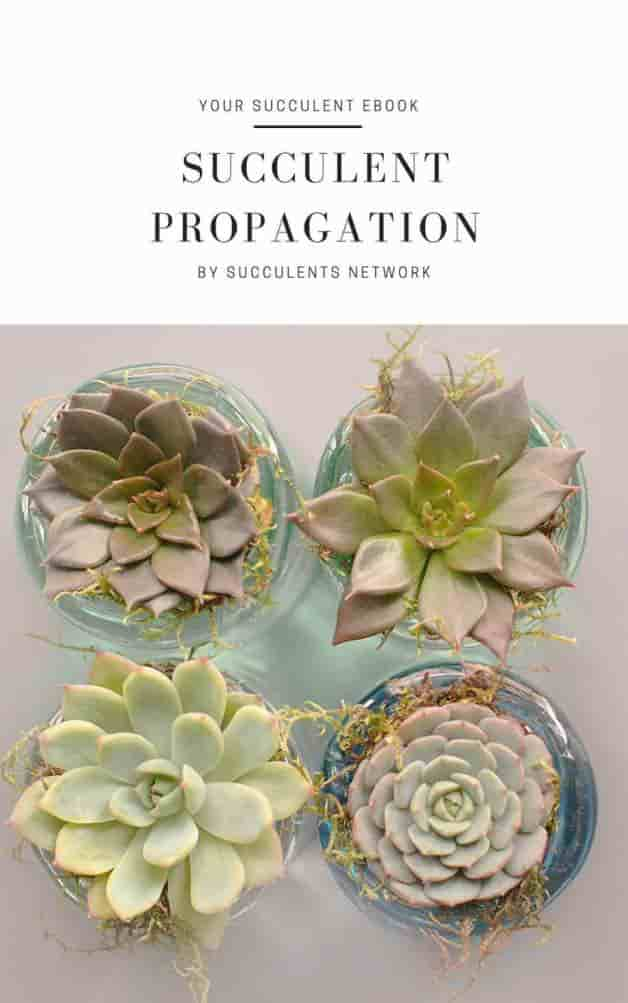
Watering Your Aloe and Letting it Soak in the Sunlight
The time has arrived where you’re not wanting your aloe to get too thirsty or dry! Thankfully for an aloe plant, it doesn’t require as much water as other houseplants. Be sure not to water your aloe too often, however, as it can be easy to overwater and flood an aloe plant.
Due to being a plant that grows best in sunnier and dryer areas, aloe can be watered approximately every one to three weeks during warmer seasons. During winter, aloe plants can spend more time away from water when the temperatures turn cooler.
When the seasons turn cold and the sun pops out a little bit less during the winter, your aloe ends up getting less and less sunlight. Because of this, it is strongly discouraged to water an aloe as much you may have during the summer; less sunlight means more water will be retained. It also helps to rotate your plant every few weeks to every few months to make sure it gets all the sunlight it needs (even outside of winter). Opposite of this, extremely hot temperatures can make too much sunlight bad for aloe as well. It all boils down to the basics of the environment you’re growing your aloe in.
If you aren’t sure if your aloe needs to be watered or not, the best way to tell is by touch. You should be able to tell your aloe needs watering if the soil is dry or wet against your skin. If your aloe’s soil is completely dry, it’s ready to be watered.
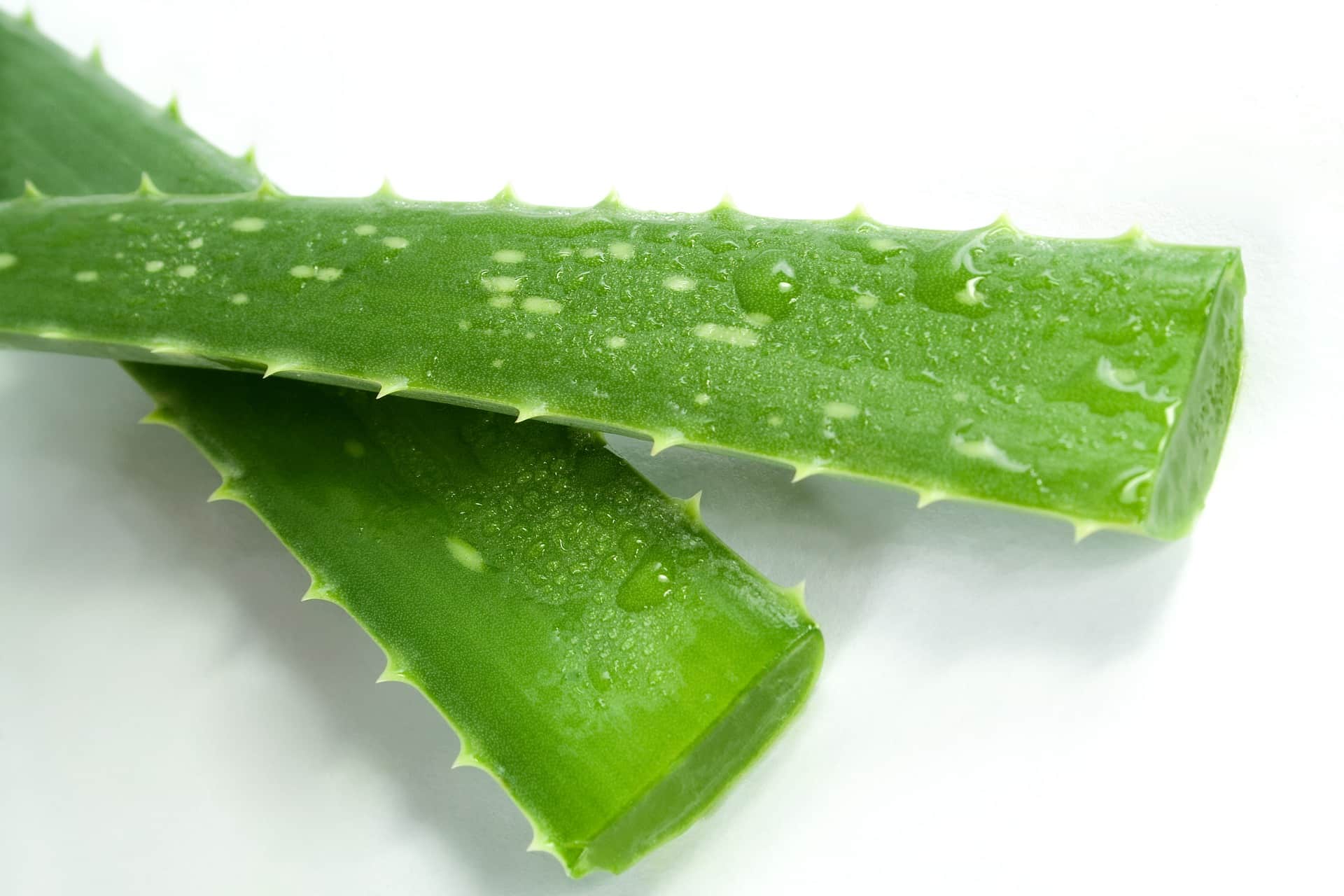
Picture via Pixabay
When it’s Time for Replanting
Quite a bit of time has passed and as your aloe plant has grown, you may have begun to wonder when you should transplant it to another planter. There are a few signs of when you should consider repotting your plant.
As your plant grows in size, it will inevitably need a larger container for its new home. For the sake of your plant’s health, it’s strongly advised to relocate it as it grows larger. In the aloe’s growing process, its leaves will eventually get a bit too heavy for it to stay in a smaller pot.
There are, of course, other possible reasons you’ll need to replant your aloe into a new pot, such as when it develops pups (small offshoots of the plant that are still attached but can grow on their own) or if the soil mix needs to be changed out.
Maintaining Your Aloe’s Health
Once your aloe plant has reached its full maturity, you’ll still need to care for it to maintain its overall health. You’ll be able to tell your plant’s health is healthy by paying attention to how it looks as a whole. Make sure its soil mix is at the quality it should be and note the color of its leaves.
To know if your aloe is still healthy, its leaves should be a nice, bright green pigment. If your aloe’s leaves are browning or reddening, your plant is likely either not being watered enough or it’s being placed in temperatures not good for it; whether they’re too hot or even too cold. Your aloe plant may also show other signs of its health not being the greatest, such as if its leaves aren’t plump anymore or if they’re becoming thinner in size.
If you know how to care for an Aloe plant even beyond its peak maturity, there are quite a few uses you can gain from growing aloe. If your aloe is an outdoor plant, you may even be able to see it produce lovely flowers in warmer weather.
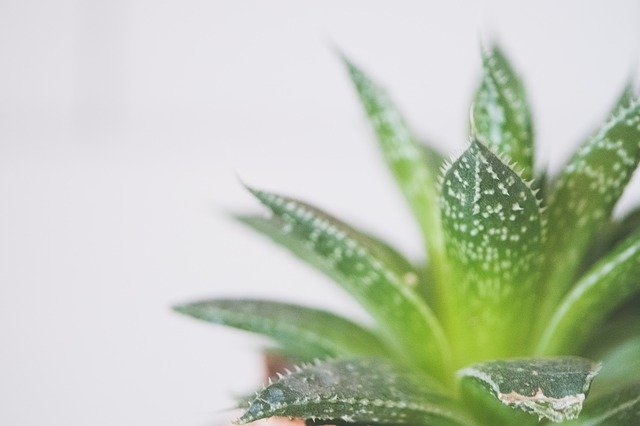
Picture via Pixabay
Summary of Aloe Succulent Care
Aloe succulents are a great addition to your home so long as you follow the proper steps to care for one! They’re plants that require less focus than other houseplants and provide several benefits if you opt to raise one. If you choose to get yourself an aloe plant, just be sure to remember how to take care of it!
For a summary of aloe care, here are the most basic steps on how to care for an aloe plant:
- As a succulent, aloe plants require a lot of sunlight to thrive and mature. If your home is too dark, it may not be able to grow at all indoors!
- If you aren’t sure what pot to get for your succulent, make sure it’s something that offers drainage so it doesn’t retain too much water in the soil.
- When getting soil for them, make sure its a soil mix meant for either cacti or succulents.
- Over time, your plant will need to be repotted so it can receive nutrients from the soil. It may also need to be repotted if it grows too large for its pot or has a lot of pups.
- Aloe plants don’t require a lot of water, as it can be easy to overwater them. They still need water though so be sure to not forget to do so! A watered aloe plant, if done right, is a happy plant!
- Even though aloe plants love sunlight, make sure they don’t get too hot on extreme days. It can be bad for the plant to be in extreme temperatures!
Though it may appear intimidating, raising an aloe succulent into a lovely houseplant can lead to fruitful results. Whether it’s to harvest the plant’s leaves or to even just have your home brighten up a bit more with an extra form of life, aloe succulents are a great houseplant to start with.

